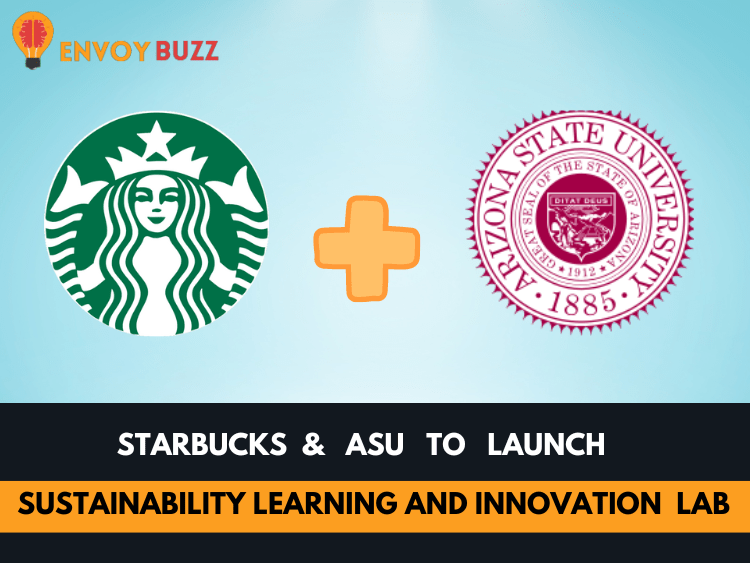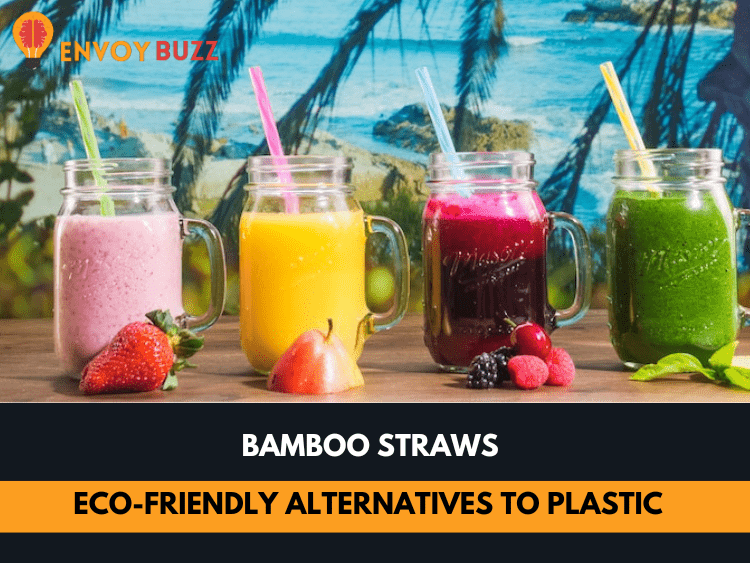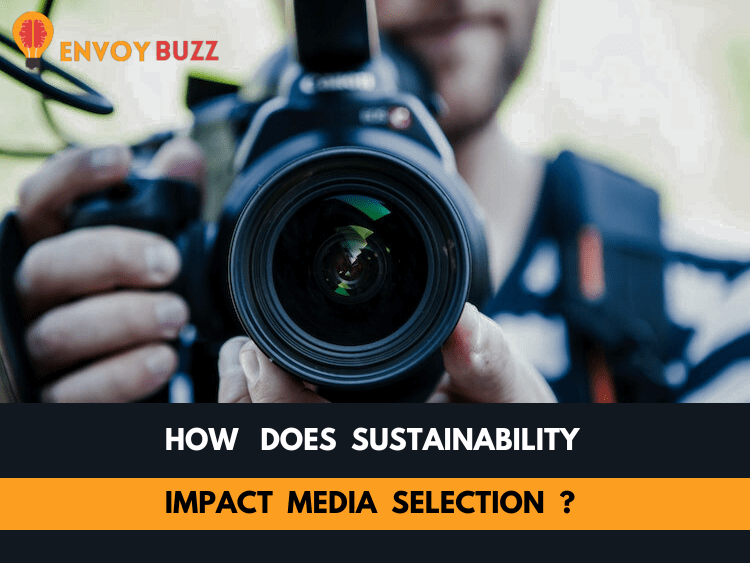Starbucks and Arizona State University collaborate to create a Hands-On and Virtual Learning Lab in Costa Rica, Giving Partners, Students, Researchers, and Business Leaders the tools they need to drive Innovation and Address Global Social and Environmental Challenges.
It is expected to physically open the lab within the next three years.
Seattle, WA — Today, Starbucks unveiled its intentions to establish a state-of-the-art sustainability learning and innovation lab at Hacienda Alsacia. Situated in Costa Rica, Hacienda Alsacia serves as the worldwide hub for Starbucks’ agronomy operations, focusing on groundbreaking research and development in the field. The lab will act as a focal point for in-person and online learning opportunities for Starbucks partners (employees), students, researchers, and business leaders to develop and scale sustainable solutions for some of the most difficult environmental and social problems in the world, such as agricultural economics and climate adaptation.
Select Arizona State University (ASU) students and Starbucks partners will have access to the lab’s initial wave of educational programming beginning this fall. The first wave will make the most of ASU’s top-notch faculty and cutting-edge educational technology to enhance the learning experience for students, and it will also offer study abroad opportunities connected to already-offered ASU degree programmes in sustainability, sustainable food systems, global agribusiness, environmental and resource management, among other things. Within the next three years, Starbucks Lab is anticipated to become physically operational.
The company’s first and only company-owned and operated coffee plantation, Hacienda Alsacia, has concentrated on the sustainability of coffee for more than ten years. The farm is solely used for research and development, where the Starbucks team is experimenting with disease-resistant coffee plants, breeding new varieties of coffee, and developing and disseminating agricultural techniques in order to increase productivity and safeguard the future of coffee. While the ongoing research and development efforts at Hacienda Alsacia remain uninterrupted, the forthcoming lab will amplify the capacity for collaboration and innovation, extending its focus beyond coffee to foster positive social and environmental transformations.
Laxman Narasimhan (Starbucks chief executive officer) stated: “This is an opportunity for us to advance Starbucks environmental promise to give more than we take and our farmer promise to ensure the future of coffee for all,”
In addition he said: “We know we cannot do this important work alone, and the possibilities in front of us to scale solutions, partner with thought leaders and serve as a global hub for innovation are limitless.”
The mission of Starbucks reaches far beyond its customers, partners, and coffee shops. With a commitment to purchasing 3% of the world’s finest ethically sourced arabica coffee, sourced from over 400,000 farmers in 30+ countries, Starbucks recognizes the inseparable connection between its future and the critical social and environmental issues of our time. The company has a long-standing commitment to work alongside communities to become a resource positive company, including cutting its carbon, water and waste footprints in half by 2030. With the hope of creating a great business that scales for good and has a positive impact on the future, Starbucks is dedicated to finding new methods to give more than it takes in collaboration with others.
There has been a long-standing collaboration between Starbucks and ASU to develop cutting-edge educational programming. In a significant achievement, Starbucks and ASU have successfully graduated over 10,000 partners through the Starbucks College Achievement Program, marking a significant milestone in their partnership.
Michael Crow (President Arizona State University) said: “This is an exciting new chapter in our nearly decade-long partnership with Starbucks,’’
He further added: “The new sustainability learning and innovation lab will expand on our collaboration together, working closely to tackle critical challenges with a collective commitment to seek new and sustainable approaches that impact global communities.”
Starbucks:

Since 1971, Starbucks Coffee Company has been committed to ethically sourcing and roasting high-quality arabica coffee. The firm is the largest roaster and retailer of specialty coffee in the world today with over 35,000 locations across the globe. Through our unwavering commitment to excellence and our guiding principles, we bring the unique Starbucks Experience to life for every customer through every cup. To share in the experience, please visit us in our stores or online at stories.starbucks.com or starbucks.com.
Arizona State University:

In order to create a university that is dedicated to accessibility, excellence, and impact, Arizona State University has designed a new model for the American Research University. ASU measures itself by those it includes, not by those it excludes. As the prototype for a New American University, ASU pursues research that contributes to the public good, and ASU assumes major responsibility for the economic, social and cultural vitality of the communities that surround it.
For more news like this visit Envoybuzz.






